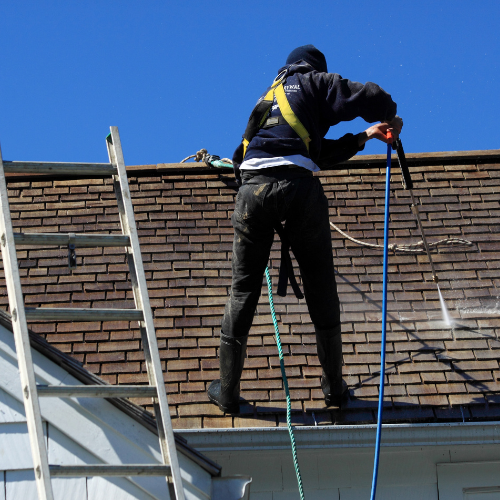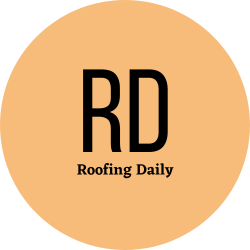How to Install Rolled Roofing
by siteadmin

Roll roofing allows you to quickly and affordably cover your roof. Roll roofing is ideal for sheds or gazebos as it can be applied to three-season rooms.
You can install rolled roofing by measuring the surface that you wish to cover, then purchasing a matching piece. Cut the rolled roofing to your desired size and attach it by staples or nails.
Layout
Rolled roofing is a cheaper alternative to traditional roof tiles. Its light weight and low maintenance make it a popular choice.
It's a great way to save money and keep your home green. It is not as strong as shingles and should be avoided on low-sloped roofs.
Start by laying down a starter coat of roofing material to make it easy to install rolled roofing. You will need to nail the starter material's upper edge with high nails.
After you've finished the first step, it's time for roofing cement. This will make sure that the entire surface of your roof is covered. It will also prevent leaks from occurring.
Once you have applied cement, you will be able to begin to cut the roofing to fit each section. This should be done with a chalk line, so you have a flat area to work on.
Nails
There are many types of nails that can be used to install roll roofing. You have options such as square cap nails, smooth shank nails, and spiral threads.
Roll roofing can be used for sheds or gazebos, as well as garages and other outdoor structures. Roll roofing is the cheapest type of roof, but it must always be installed correctly to ensure its durability for many years.
Start by measuring all valleys on the roof. You will need to cut a piece 18 inches in width of rolled roofing. Place it so that it crosses the valley.
Apply each course in the same way as before, but with shorter nails placed 6 inches apart and 1 inch from its outer edge.
Once the roof has been completely covered, add roofing cement to seal it. Spread the cement over the first layer. Then, lay a second sheet from rolled roofing over it.
By hammering it into each layer, you can nail it down. You can do this in 10 inch intervals across your roof. As you nail, don't lift the feet. Instead, lay your feet on the rolled roofing. This will allow the material to stretch and make it easier.
Overlapping
Roll roofing, which is a low-pitch roof, works well for sheds. However, it's not suitable for residential properties.
First, gather all the materials and tools needed to install rolled roofing. The roof should be thoroughly cleaned and cleared of all debris.
Measure the roof to determine which layer will go. You can draw a chalk line on the roof to indicate the lower edge of your second layer.
Once you have drawn a sketch of the roof's outline, nail the first layer of roofing to the roof using galvanized roofing nails. Make sure the nails are spaced six to ten inches apart.
Roll the next course of rolled roof and cover it with at least 4 in. Before adding the second layer, cover the first layer in roofing cement.
Cement
Cement, a substance that is adhesive and can help other materials stick together, is called cement. It's used in rolled roofing for its adhesive properties and security.
The process of making cement begins with the extraction and processing of limestone, clay, and other raw materials. These raw materials then go through a kiln to create fine cement.
When the clinker has dried it can be mixed with water to make concrete. The strength of concrete will be determined by the ratio between cement and water.
Hydraulic cement sets and hardens best in water. It is usually lime-based but there are also other types.
Roofing Company King of Prussia
Roofers in Montgomery County PA
Roll roofing allows you to quickly and affordably cover your roof. Roll roofing is ideal for sheds or gazebos as it can be applied to three-season rooms. You can install rolled roofing by measuring the surface that you wish to cover, then purchasing a matching piece. Cut the rolled roofing to your desired size and…
Recent Posts
- New Orleans Concreters Advocates for Stamped Concrete Driveways as the Ultimate Choice for Durability and Style
- Gutter Installation Jacksonville FL: Revolutionizing Home Protection
- A. Parker Contracting Emerges as Premier Roofer in Delaware: Serving Newark and Wilmington Areas with Excellence
- The Comprehensive Guide to Gutters in Jacksonville FL
- The Comprehensive Guide to Gutters in Jacksonville FL
